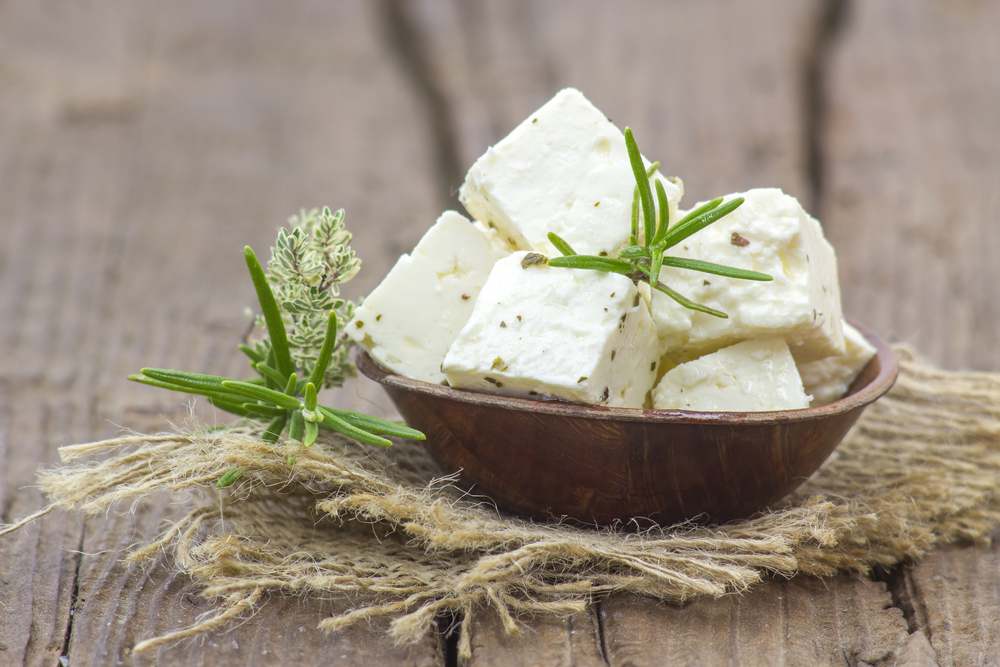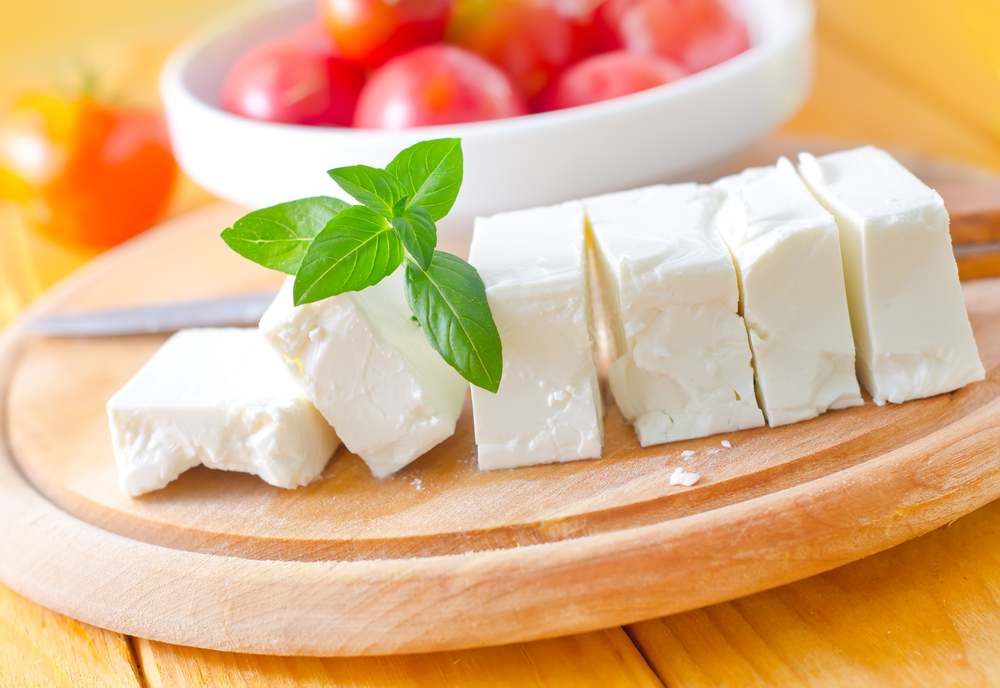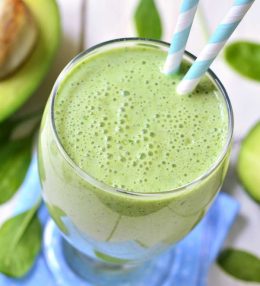

- Prep Time30
- Cook Time2 Hrs 45 Mins
- Calories121
- View3,904
Last Updated on June 14, 2021 by Niks
We all crave for a cheesy meal very often. Every favorite food comes with cheese. A popular and traditional variation to this is Feta.
Feta cheese derives a unique feature in the cheese family with its unconventional tangy and salty taste. Feta Cheese is a brined curd cheese that is sometimes creamy in texture and sometimes it can be crumbly, depending on the aging.
Originating from Greece, Feta is a Greek term that means ‘slice’. Originally Feta cheese is meant to be made with sheep milk but it is also made with a mixture of sheep milk and goat milk.
Feta cheese has a historical presence in ancient Greek Poet Homer’s Odyssey, where the details are mentioned of processing the cheese out of goat milk.
In the ancient Greek method, the locals used to employ various mixed techniques to produce the Feta cheese. In Europe, Feta cheese is mainly processed with a mixture of sheep milk and goat milk or sometimes with cow milk. Originally, only 30% of goat milk can be used in Feta Cheese.
Feta cheese is a much healthier variant of cheese than the others in the line. This type of cheese is mainly aged for sometimes which gives a granule texture to this cheese.


Feta cheese is mainly sold in the market, in cubes or blocks. Feta cheese is largely used in garnishing a meat or vegetable item. It is also used in various salad preparations, in eggs, in pastries, and many more.
Here we bring the much easier process of making Feta cheese at home.
Homemade Feta Cheese Recipe
Ingredients-
– 1 Gallon Milk (About 4 liters, preferably whole goat milk)
– 2 quarter of the water
– 1/4th cup of water
– 1 pound of salt (Non-iodized)
– 2-2 3/4th teaspoons of vinegar ( white or cider, divided)
– 1 packet of Mesophilic Starter Culture
– 1 1/2 teaspoons calcium chloride (divided)
– ½ Rennet tablet (dissolved in 1/4th cup of water)


Instructions-
First of all, we need to get the ingredients pre-arranged.
Then pour the entire portion of milk into a large pot or vessel. Place it in a sink and fill the sink with hot water, so that the 3/4th portion of the pot is immersed into the water. You can also put the pot into a larger vessel full of hot water to get the effect of a double boiler. The idea is, the milk should not come into direct contact with the heat.
After that, the milk is heated at 86 F temperature.
Then you need to mix the Mesophilic Starter Culture into the milk, gently. The mixture should be kept at 86 F temperature only, at least for an hour. Here it is advisable to take the pot out of the hot water and leave it so that it maintains its heat. Otherwise, chances are there, that the water can overheat the milk.
Then ¼ teaspoon of Calcium Chloride is mixed into the milk.
After that dissolve the Rennet tablet into 1/4th cup of normal water and add this to the milk. You can also use the liquid Rennet that goes directly into the milk. Gently stir this mixture for a minute.
Now, let the mixture rest for half an hour while keeping the temperature as intact as 86 F or at least closer to that. At this point, you can put the pot back to the vessel of hot water and leave it for a minute or two to resume the heat. But this is to be followed only if the milk starts to cool down.
Now, the milk will be set and will take the consistency of Yogurt. Here, place a clean finger directly into the semi-solid mixture and check whether the mixture is being separated forming a visible crack on it. Thus it will be firm as curd.


If the milk is not reached up to the level of the curd, you need to wait for another half an hour to bring that desired consistency.
Then, cut the curd carefully; into clean slices in a cross pattern that forms a diamond shape.
After that, cut the curd once more, so that you get about 1-inch chunks of curd.
Then, stir the chunks very gently and put the pot back into the hot water and increase the temperature up to 95 F. In an hour or so, the curd will begin to separate from the whey, which is the yellow protein part.
After that, the mixture has to be drained and hanged for about 4 hours at room temperature using multiple layer cheesecloth. Then you need to cut the drained out portion into rough blocks and the same has to be left for draining further, for another ½ an hour.
Then, you need to make saturated brine by dissolving 1 pound of non-iodized salt in ½ gallon of water. Bring it to its saturation point and add 1 teaspoon of calcium chloride and 2 and a ½ spoon of vinegar into it.
At this point, the blocks of Feta cheese have to be submerged into this brine for 10-12 hours. Do not over-do the same that can cause into a too salty taste.
Lastly, drain the processed Feta cheese and leave it to room temperature for about 1-2 days. Then transfer the cheese into containers and store in the refrigerator or a cool place.


Homemade Feta Cheese Recipe
Ingredients
- 1 Gallon Milk (About 4 liters, preferably whole goat milk)
- 2 quarter of the water
- 1/4th cup of water
- 1 pound of salt (Non-iodized)
- 2 3/4th teaspoons of vinegar ( white or cider, divided)
- 1 packet of Mesophilic Starter Culture
- 1 ½ teaspoons calcium chloride (divided)
- ½ Rennet tablet (dissolved in 1/4th cup of water)
Instructions
- First of all, we need to get the ingredients pre-arranged
- Then pour the entire portion of milk into a large pot or vessel. Place it in a sink and fill the sink with hot water, so that the 3/4th portion of the pot is immersed into the water
- You can also put the pot into a larger vessel full of hot water to get the effect of a double boiler. The idea is, the milk should not come into direct contact with the heat.
- After that, heat the milk at 86 F temperature.
- Then you need to mix the Mesophilic Starter Culture into the milk, gently. The mixture should be kept at 86 F temperature only, at least for an hour
- Here it is advisable to take the pot out of the hot water and leave it so that it maintains its heat. Otherwise, chances are there, that the water can overheat the milk
- Then add ¼ teaspoon of Calcium Chloride is mixed into the milk
- After they dissolve add the Rennet tablet into 1/4th cup of normal water and add this to the milk. You can also use the liquid Rennet that goes directly into the milk. Gently stir this mixture for a minute.
- Now, let the mixture rest for half an hour while keeping the temperature as intact as 86 F or at least closer to that.
- At this point, you can put the pot back to the vessel of hot water and leave it for a minute or two to resume the heat. But this is to be followed only if the milk starts to cool down.
- Now, the milk will be set and will take the consistency of Yogurt. Here, place a clean finger directly into the semi-solid mixture and check whether the mixture is being separated forming a visible crack on it. Thus it will be firm as curd.
- If the milk is not reached up to the level of the curd, you need to wait for another half an hour to bring that desired consistency.
- Then, cut the curd carefully; into clean slices in a cross pattern that forms a diamond shape
- After that, cut the curd once more, so that you get about 1-inch chunks of curd
- Then, stir the chunks very gently and put the pot back into the hot water and increase the temperature up to 95 F. In an hour or so, the curd will begin to separate from the whey, which is the yellow protein part.
- After that, the mixture has to be drained and hanged for about 4 hours at room temperature using multiple layer cheesecloth. Then you need to cut the drained out portion into rough blocks and the same has to be left for draining further, for another ½ an hour.
- Then, you need to make saturated brine by dissolving 1 pound of non-iodized salt in ½ gallon of water. Bring it to its saturation point and add 1 teaspoon of calcium chloride and 2 and a ½ spoon of vinegar into it.
- At this point, the blocks of Feta cheese have to be submerged into this brine for 10-12 hours. Do not over-do the same that can cause into a too salty taste.
- Lastly, drain the processed Feta cheese and leave it to room temperature for about 1-2 days
- Then transfer the cheese into containers and store in the refrigerator or a cool place.
You May Also Like
Leave a Review Cancel reply
You must be logged in to post a comment.






Recipe Reviews